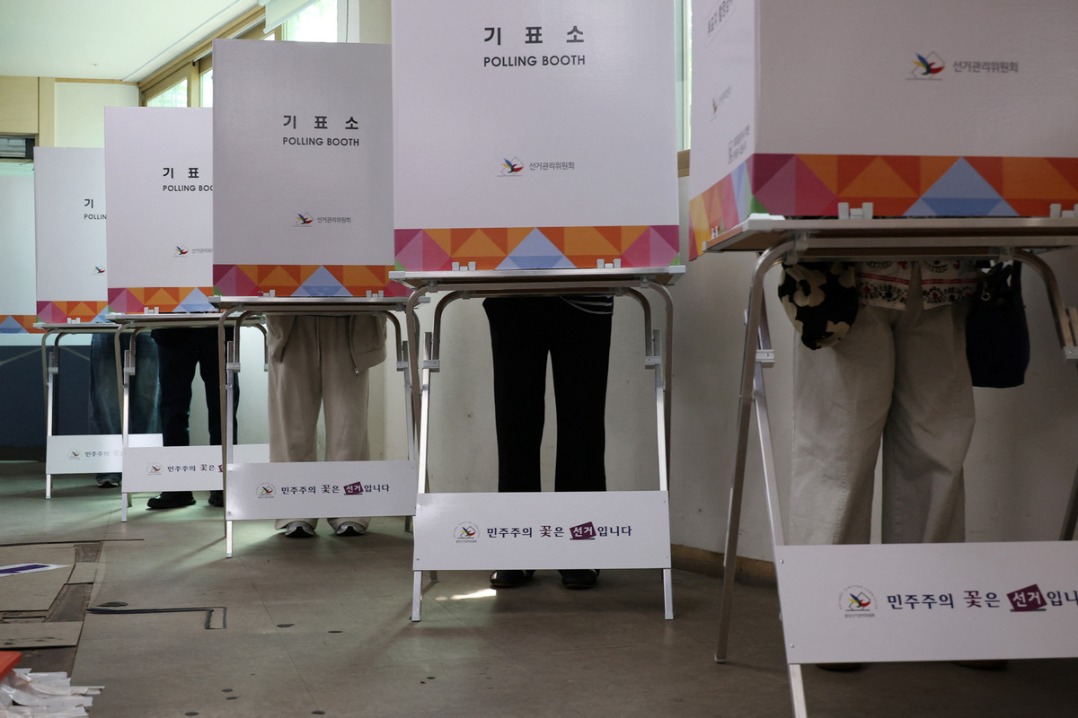AI medical research applications set to improve rapidly


Generative Artificial Intelligence is providing medical researchers with new treatments at great speed, with this year promising many new developments across healthcare. Most significantly, new intelligence models are being used to come up with recipes for chemists to create drugs for treating antibiotic resistance, a pressing issue that currently causes millions of deaths around the world each year.
Wearable technology AI is also an area predicted to offer new applications in the near future, and elsewhere in healthcare logistics, it is expected that AI will also be able to reduce hospital waiting times dramatically.
So far, six novel experimental drugs have been created to combat antibiotic resistance. Using generative AI, the same technology behind ChatGPT, the challenge was to find compounds that can treat the bacteria Acinetobacter baumannii, one of the leading causes of drug-resistant deaths worldwide. Researchers were able to use AI in order to experiment with multiple computational approaches to develop the medicines at an unprecedented rate.
Algorithms were used to scroll through existing databases of drugs, including more than 100 million known compounds, and also to think of entirely new ones previously unknown to researchers.
When promising drugs were found, AI was not only able to decipher the exact chemical compound of the antibiotic, but also break down the individual steps required to synthesize it in a laboratory.
The chemical space for novel drugs is staggering, with the total possible combinations of drugs that can physically occur in nature holding powerful untapped therapeutic benefits. Manual human research has barely scratched the surface and it is hoped that AI will trigger an exponential wave of new discoveries in the near future.
The specificity of new antibiotic drugs created alongside greater analysis of patient biometrics will also allow for the possibility of personalized medicine, drugs that will specifically work best for each individual. This will also reduce the risk of side effects for patients, as well as increasing efficacy.
Wearable technology for consumers has been around for several years now, but with the advent of AI, it can be optimized to provide invaluable healthcare to patients.
Machine learning can now analyze electrical current activity on the skin to predict when epilepsy sufferers may have their next seizure. Causal connections between data points can often be overlooked by humans but spotted by AI.Breathing rates and composition can also be used to measure metabolism and help manage weight.
Heart rate variability trends can also determine if the wearer is fatigued and should rest if their body is under stress. These data-driven approaches can provide users with the tools to gain deeper insights into their health, rather than being mere passive observers, unable to make actionable sense from the plethora of data their body provides.
Scientists are also investigating using AI robots to help support medics in accident and emergency hospital rooms. AI robots of the future may be able to collect patient data such as symptoms and vital signs, a job that is routinely done by medics, who would then be freed up to take on more elaborate tasks, easing pressure on the system.
Such robots are also expected to be trained to understand a wide range of languages, making communication over issues such as consent and symptoms more straightforward without the need for a translator.
However, further research is needed before mainstream rollout. AI cannot currently pick up on subtle social cues and behavioral giveaways that doctors often rely on while assessing a patient. Safeguarding concerns may also exist, as doctors can sometimes be the first line of help that victims of assault and domestic violence see before reaching out to the police.
It is important that these advances in medical AI, while promising, are not used to cut corners in providing safe and effective healthcare. This is especially true for developing countries, where there may be an understandable incentive for authorities to rely upon automated systems and data-based suggestions without being checked by a trained human medic.
For now, AI holds huge promise in revolutionizing healthcare across the board, but it is important to remember current limitations and ensure that a human eye can oversee its real world applications.

































